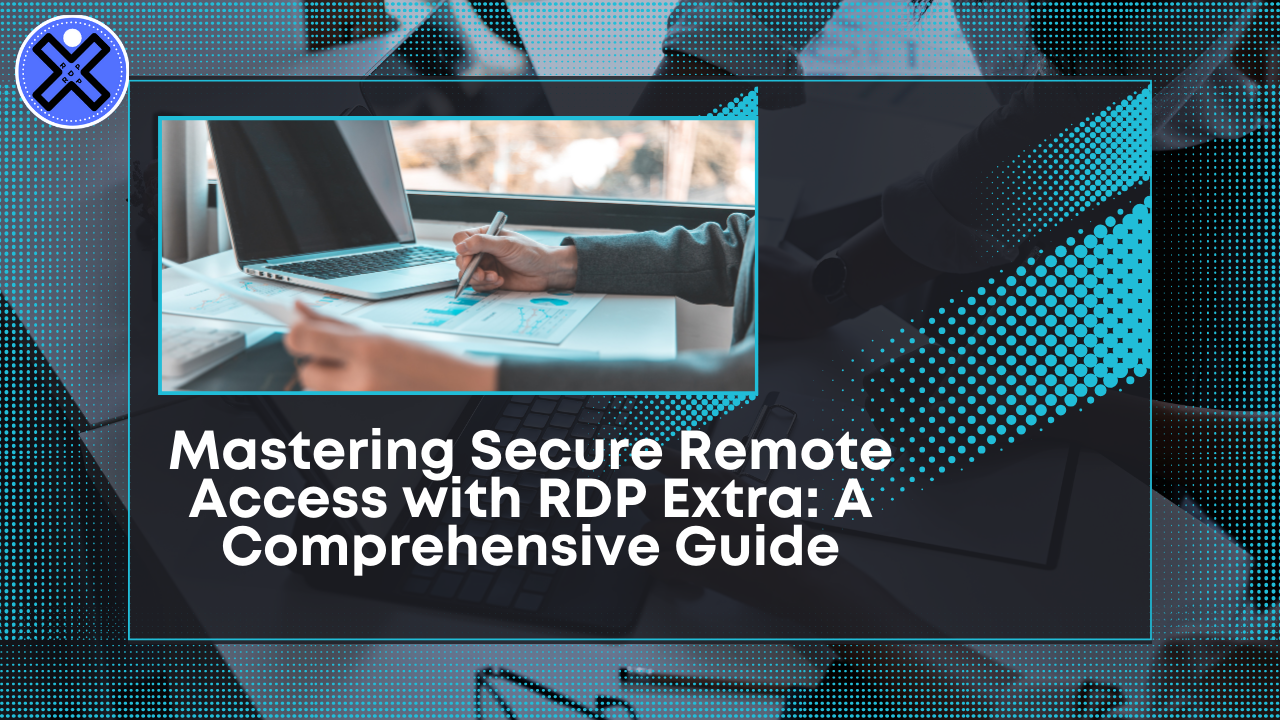
In an era where remote access is a cornerstone of modern work and connectivity, ensuring robust security measures is paramount. Securing remote access isn’t just a necessity; it’s an imperative step in safeguarding sensitive data, networks, and systems. This comprehensive guide delves into the essential strategies and best practices to fortify your remote access security effectively.
Understanding Remote Access and its Vulnerabilities
1. Types of Remote Access
- VPN: Establishing secure encrypted connections over public networks.
- RDP: Allowing users to access remote systems or desktops.
2. Common Threats to Remote Access
- Brute Force Attacks: Repeated login attempts to gain unauthorized access.
- Phishing: Deceptive techniques to acquire login credentials.
- Weak Authentication: Insufficient or easily guessable passwords.
Essential Strategies for Remote Access Security
1. Strong Authentication Protocols
- Implement Multi-Factor Authentication (MFA): Require multiple forms of verification for access.
- Enforce Strong Password Policies: Use complex, regularly updated passwords.
2. Encryption and Secure Connections
- Utilize SSL/TLS: Employ secure protocols for data encryption.
- Implement VPN Encryption: Ensure data transmitted over VPNs is encrypted.
3. Network Segmentation and Access Controls
- Segment Networks: Restrict access to specific areas based on user roles.
- Access Control Lists (ACL): Define and enforce access rules.
4. Regular Security Audits and Updates
- Frequent Audits: Assess security protocols and vulnerabilities regularly.
- Prompt Updates and Patching: Ensure systems are up-to-date with the latest security patches.
5. Endpoint Security Measures
- Endpoint Protection Software: Install antivirus, anti-malware, and firewall solutions.
- Remote Wiping: Implement measures to wipe sensitive data from lost or stolen devices.
6. Employee Education and Awareness
- Training Programs: Educate employees about security best practices.
- Phishing Simulations: Conduct mock exercises to raise awareness about phishing attacks.
Best Practices for Remote Access Security
1. Establish Clear Policies and Procedures
- Documented Policies: Outline clear guidelines for remote access usage.
- User Training: Ensure employees understand and adhere to security protocols.
2. Monitor and Log Remote Access Activities
- Logging and Monitoring Tools: Track and analyze remote access activities for anomalies.
- Alert Systems: Set up alerts for suspicious activities or breaches.
3. Backup and Disaster Recovery Plans
- Regular Backups: Ensure critical data is backed up regularly.
- Disaster Recovery Strategies: Prepare plans for potential breaches or data loss.
Conclusion: Strengthening Your Remote Access Armor
Securing remote access is a multifaceted endeavor that demands a proactive approach and a layered security strategy. By implementing these essential strategies and best practices, organizations can fortify their defenses against potential threats and ensure secure, reliable remote access for their users. Remember, a comprehensive security approach is not just a requirement; it’s a proactive measure to protect against evolving cyber threats.
This comprehensive guide aims to equip readers with the necessary strategies and practices to enhance remote access security, enabling them to navigate the digital landscape with confidence and resilience against potential threats.


Leave a Reply